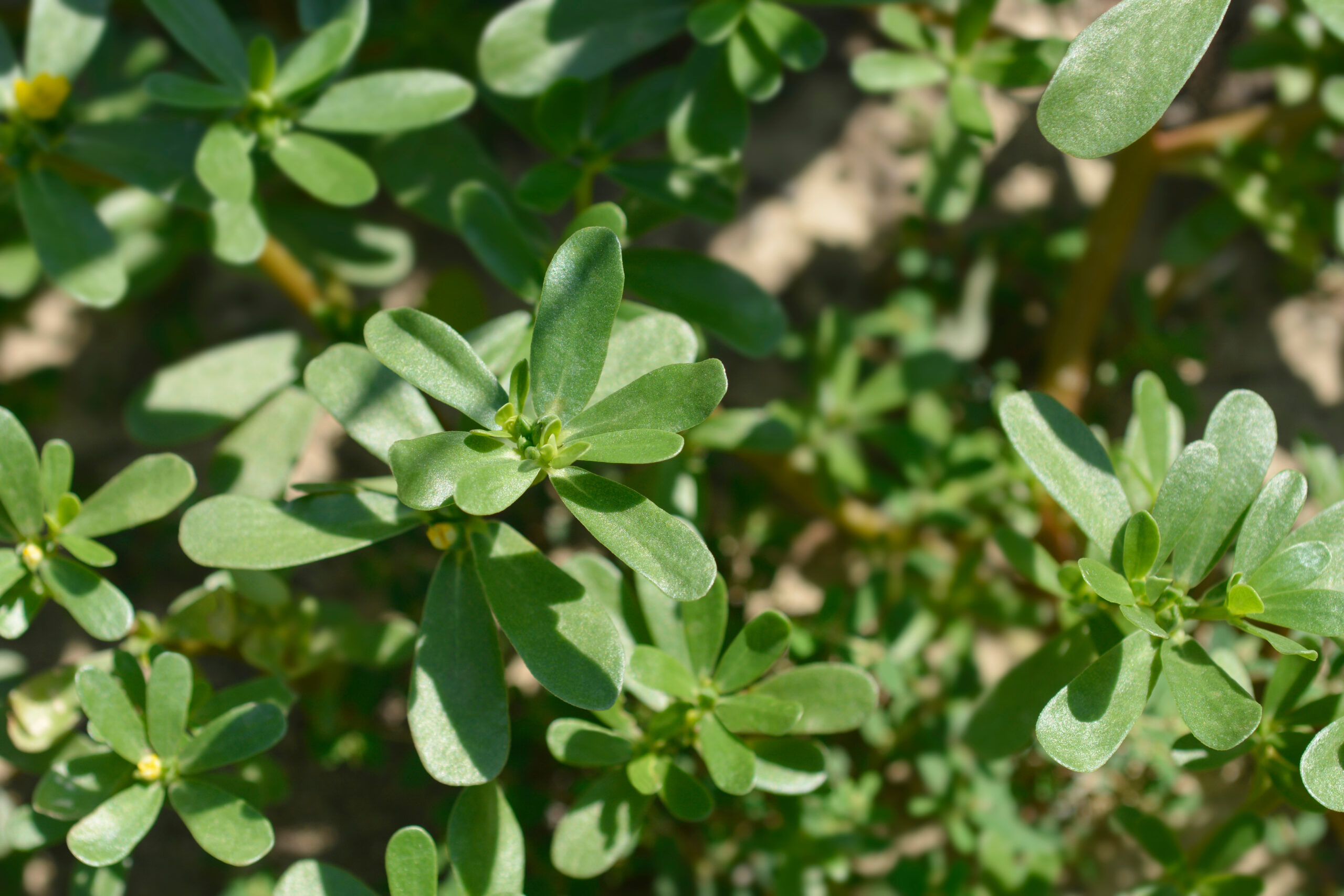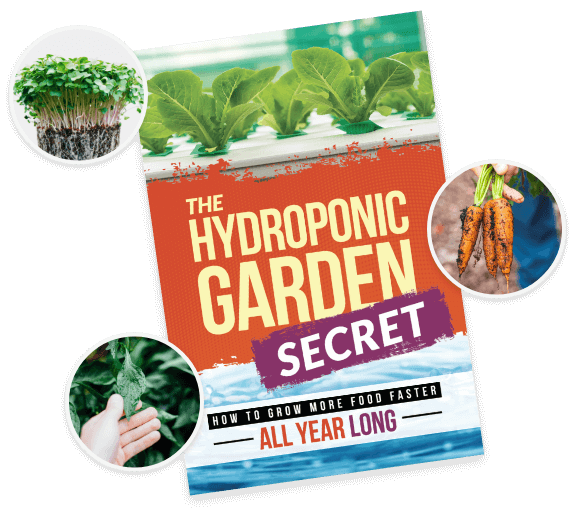When we think of omega-3 fatty acids, our minds often go straight to fish such as salmon, sardines, and tuna. But what if you’re not a fan of fish? Or perhaps you’re vegetarian, vegan, or just looking for plant-based sources of this essential nutrient?
Enter common purslane (Portulaca oleracea), an unassuming, often overlooked leafy green with a serious nutritional punch. This wild-growing plant is one of the richest plant sources of omega-3 fatty acids, making it an excellent alternative for those who want the health benefits without seafood.
What Is Purslane?
Purslane is a succulent, low-growing plant with small, paddle-shaped leaves and reddish stems. While it’s often considered a weed in many gardens, it has been valued for centuries in traditional cuisines worldwide. From Greek salads to Indian dals, Mexican tacos to Middle Eastern stews, purslane has found its way into kitchens for its slightly tangy, citrusy flavor and impressive nutrient profile.
Purslane is rich in omega-3 fatty acids and boasts high levels of vitamins A, C, and E, magnesium, potassium, iron, and powerful antioxidants.
The Omega-3 Connection
Omega-3s are essential fatty acids that our bodies can’t produce alone. We must obtain them from food. They play a crucial role in brain function, heart health, reducing inflammation, and supporting overall well-being.
The two primary omega-3s found in fish – EPA (eicosapentaenoic acid) and DHA (docosahexaenoic acid) – are known for their benefits to heart and brain health. While purslane doesn’t contain these specific forms, it provides alpha-linolenic acid (ALA), a plant-based omega-3 that our bodies can partially convert to EPA and DHA.
Purslane contains five times more ALA than spinach, making it one of the best plant-based sources of this crucial fatty acid. Studies have shown that a diet rich in ALA can contribute to:
- Reduced risk of heart disease
- Lower inflammation levels
- Improved cognitive function
- Better skin health
For those who avoid fish or fish oil supplements, purslane offers a natural, plant-based alternative to getting these essential fatty acids.
Other Health Benefits of Purslane
Aside from being an omega-3 powerhouse, purslane provides several other health advantages:
Antioxidant Superfood
Purslane contains high levels of beta-carotene, vitamin C, and glutathione, which help fight oxidative stress and reduce the risk of chronic diseases.
Heart-Healthy Choice
The combination of potassium, magnesium, and omega-3s makes purslane excellent for lowering blood pressure and improving cardiovascular health.
Supports Gut Health
As a fiber-rich food, purslane aids digestion, promotes gut microbiome balance, and prevents constipation.
Helps with Weight Management
Low in calories but nutrient-dense, purslane makes an excellent addition to weight-loss diets by keeping you full while providing essential vitamins and minerals.
Good for Skin and Hair
The vitamins A, C, and E and omega-3s help promote glowing skin, reduce inflammation, and support healthy hair growth.
How to Enjoy Purslane
One of the best things about purslane is its versatility. You can use it raw, cooked, or blended into many dishes. Here are some ideas:
- Salads – Add fresh purslane leaves to a salad for a mild lemony crunch.
- Smoothies/Juice – Blend purslane with fruits and veggies for an omega-3 boost.
- Soups & Stews – Toss it into soups or stews for added nutrients.
- Sautéed – Lightly sauté with garlic and olive oil for a quick side dish.
- Omelets & Scrambles -Mix purslane into scrambled eggs or an omelet.
- Pesto – Replace basil with purslane in your next batch of pesto.
Where to Find Purslane
Purslane is widely available in farmers’ markets, specialty grocery stores, and even in your backyard! It thrives in warm climates, growing easily in gardens, sidewalks, and open fields. If you decide to forage purslane, ensure it hasn’t been exposed to pesticides or pollution.
Expert Growing Tips
Purslane is one of the easiest edible plants to grow, whether in a garden bed, container, or even between cracks in a sidewalk. It grows well in USDA planting zones 5B to 11. It can tolerate a light frost but is not considered cold hardy.
Here are some expert growing tips to help you have a constant supply of this invaluable plant.
This nutritional gem thrives in full sun, requiring at least six hours of direct sunlight daily. It prefers sandy or loamy soil with good drainage, as heavy clay soil retains excess moisture and can lead to root rot. Being drought tolerant, purslane doesn’t need frequent watering. Allow the soil to dry out between waterings to prevent overwatering issues. Grow purslane from seeds or by taking cuttings from an existing plant and placing them in moist soil.
To encourage bushy growth, regularly pinch back the tips to promote branching and create a fuller plant. Frequent harvesting is beneficial, as purslane regenerates quickly, making it an excellent cut-and-come-again green. Since it self-seeds prolifically, controlling its spread is essential; removing flowers before they go to seed helps manage its growth.
Not Just a “Weed”
Purslane is a fantastic option if you’re looking for a plant-based alternative to fish for your omega-3 intake. It’s nutrient-dense, easy to find, and can be used in countless ways. Whether you toss it in a salad, blend it into a smoothie, or sauté it with your favorite spices, this humble “weed” is a nutritional powerhouse.




